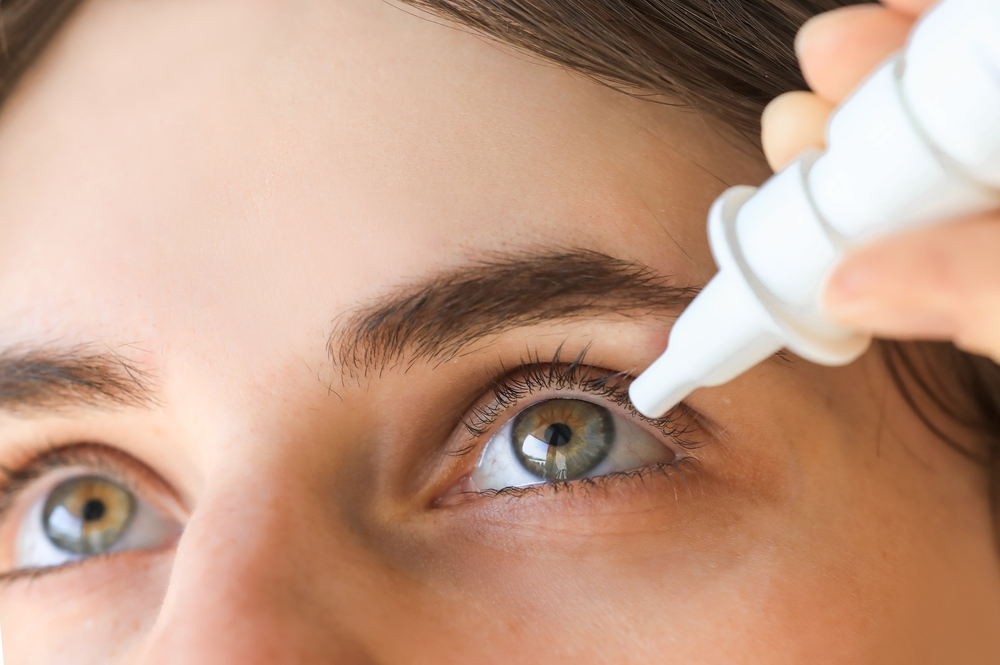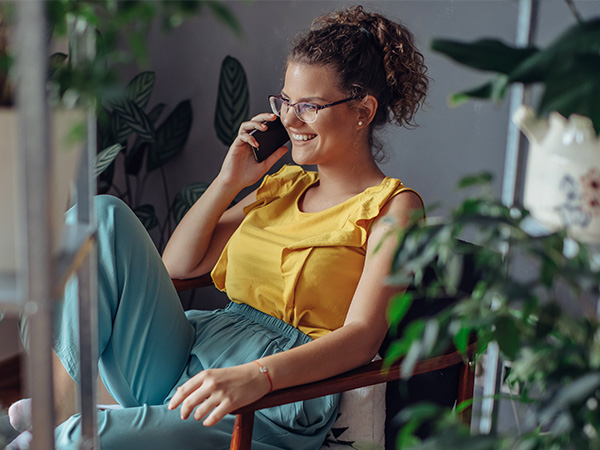
Dry eye is a common condition that can impact your daily comfort and quality of life. If your eyes often feel gritty, irritated, or watery, you may be experiencing symptoms of dry eye syndrome. Fortunately, artificial tear drops are an effective first-line treatment—but choosing the right type, especially the right viscosity, is essential for lasting relief.
What Is Dry Eye and What Causes It?
Dry eye occurs when your eyes don’t produce enough tears or when the quality of your tears is poor. One of the most common underlying causes is meibomian gland dysfunction (MGD). The meibomian glands, located along the edges of your eyelids, are responsible for producing the oily layer of your tear film. When these glands become blocked or inflamed, the tear film evaporates too quickly, leading to dryness, irritation, and inflammation.
Environmental factors such as screen use, contact lenses, dry climates, and aging can also contribute to dry eye, making it a multifactorial condition that often requires a tailored treatment approach.
How Do Artificial Tears Work?
Artificial tear drops help supplement your natural tears by providing moisture and lubrication to the surface of your eyes. These drops can help reduce irritation, improve visual clarity, and protect the eye's surface from further damage. However, not all artificial tears are created equal—viscosity plays a major role in how they perform.
Understanding Viscosity Levels in Artificial Tears
Viscosity refers to the thickness or consistency of the eye drop. Different viscosities offer different benefits, depending on the severity of your symptoms and your lifestyle.
Low Viscosity (Thin): These drops are lightweight and watery, providing quick relief without blurring vision. They're ideal for use during the day or for mild cases of dry eye. However, they may require frequent application.
Medium Viscosity: A balance between immediate comfort and longer-lasting relief, medium-viscosity drops are often recommended for moderate symptoms. They may cause brief blurriness but provide longer moisture retention than low-viscosity options.
High Viscosity (Thick or Gel-Like): These are ideal for more severe dry eye or nighttime use. While they offer extended protection, they can temporarily blur your vision and are generally better suited for use before bed.
Selecting the right viscosity depends on your lifestyle and symptom severity. For example, someone who uses screens all day may benefit from low-viscosity drops during the day and a thicker option at night.
When to Consider Advanced Dry Eye Treatment
If you're using artificial tears frequently with limited relief, it may be time to explore more advanced options. At Vision Source Magnolia, we offer Intense Pulsed Light (IPL) therapy, a cutting-edge treatment designed to target the root cause of dry eye—particularly MGD. IPL helps restore proper oil flow from the meibomian glands, reducing inflammation and improving the stability of your tear film over time.
This non-invasive treatment is safe, effective, and often used in conjunction with at-home remedies like artificial tears and warm compresses to enhance overall eye comfort and health.
Take the Next Step Toward Relief
Artificial tear drops are a convenient way to relieve dry eye symptoms, but understanding viscosity levels can make all the difference in how effective they are for your specific needs. If you’re finding that over-the-counter options just aren’t enough, professional treatments like IPL therapy may provide the long-term relief you’ve been searching for.
To learn more about artificial tears or IPL treatment, schedule a consultation with Vision Source Magnolia to discuss your symptoms and find the best dry eye treatment plan for you. Visit our office in Magnolia, Texas, or call (346) 586-2020 to book an appointment today.




